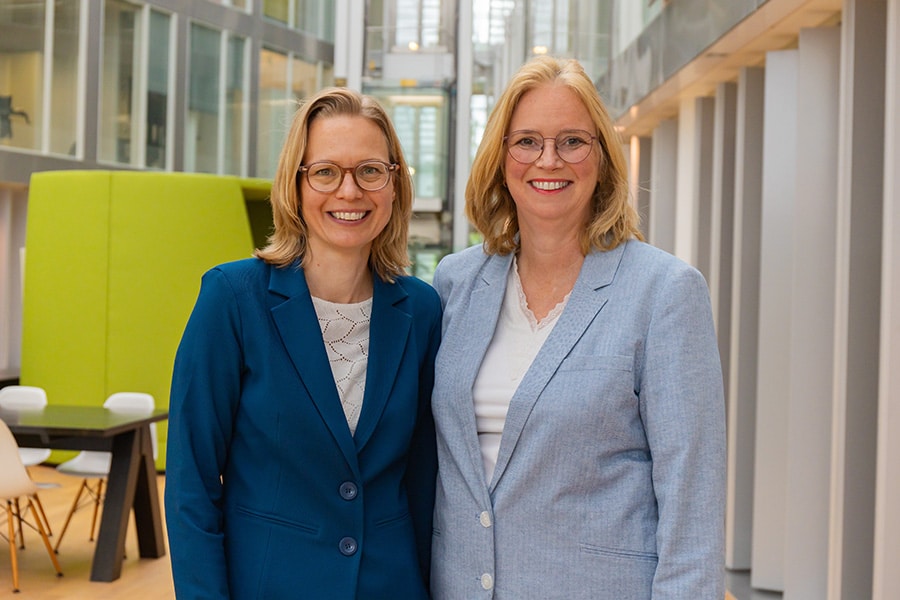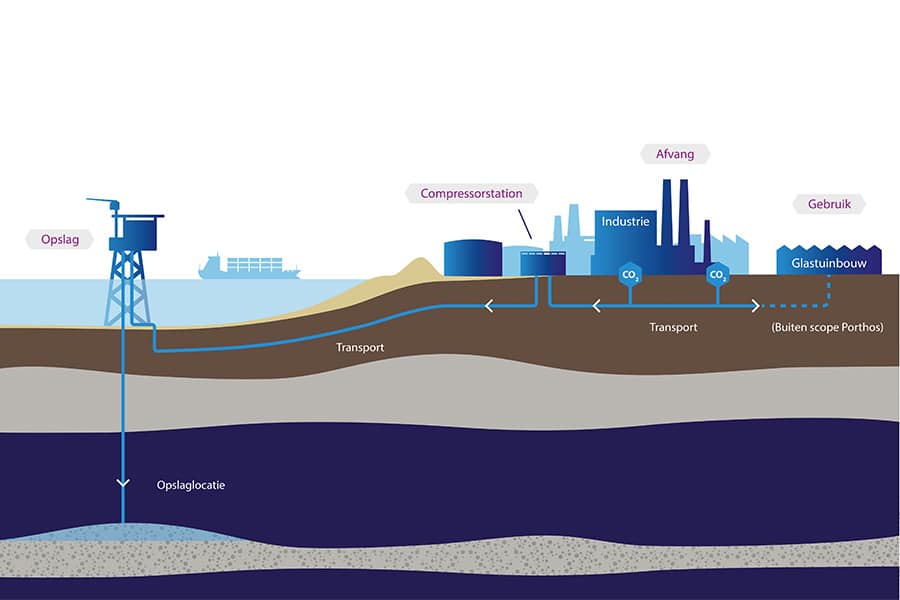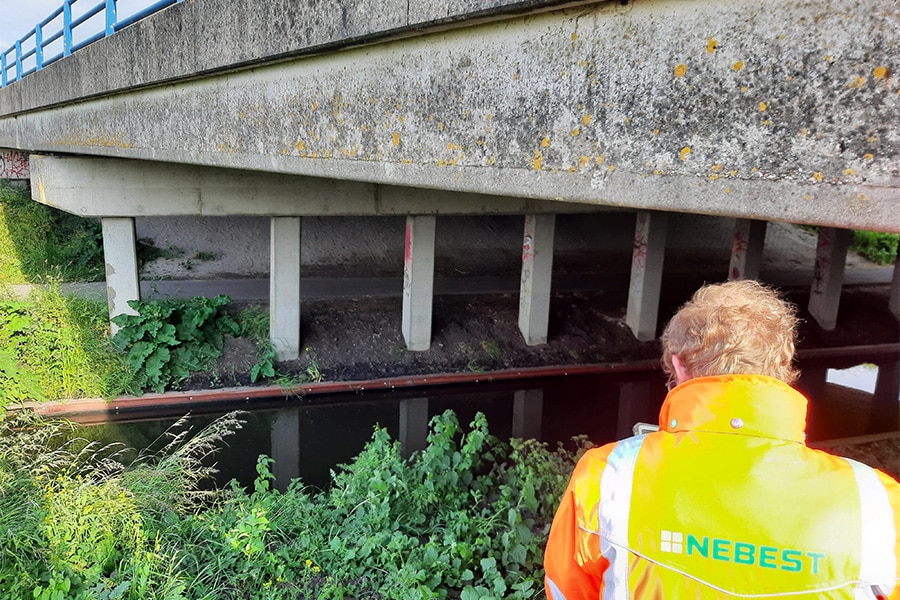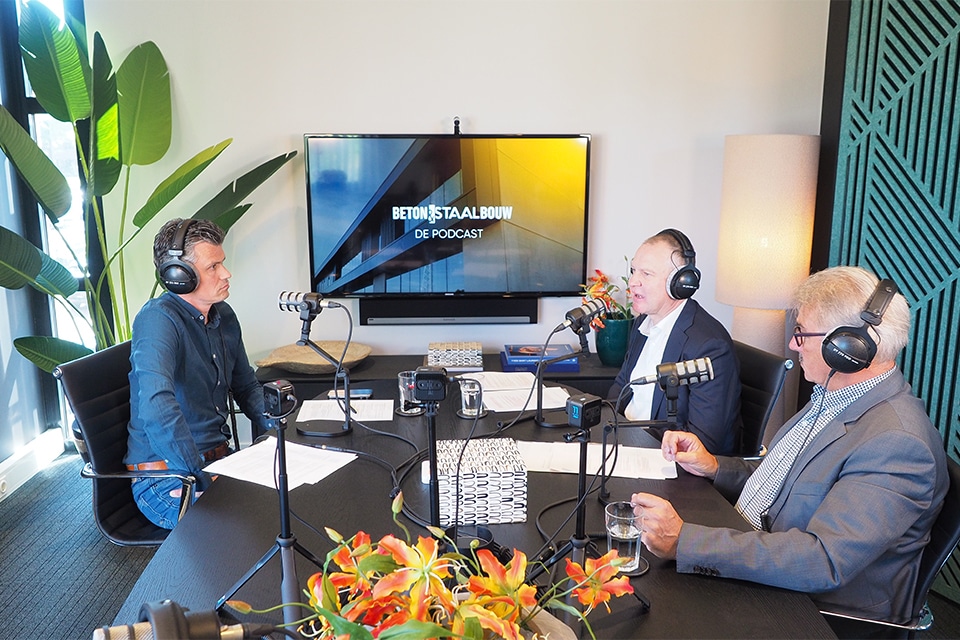
Building Quality Assurance Act. And now the practice!
They will have to build a file for each project. Only if this records exactly what quality has been delivered will they be in a strong position when defects later arise. KOMO offers very efficient tools for this dossier construction.
The Building Quality Assurance Act (Wkb) was created to improve the quality of construction works and strengthen the legal position of the clients of these construction works. The law is expected to take effect as of July 2022. From then on, construction contractors must be able to prove that they have delivered the desired quality. A good basis is the application of processes and products with a KOMO certificate. Then it has been independently established that the quality meets the requirements of the Building Code.

Choosing certified products
"KOMO has already certified an incredible number of processes and products," says Erik-Jan de Bont, KOMO operations manager. "Building contractors and quality assurance companies can benefit greatly from this. For KOMO-certified products, building components, installations and processes, an independent third party has already established the quality. In that case, only the quality of the connections needs to be checked. That makes quality assurance considerably more efficient."
The preparation
De Bont observes that larger companies are energetically preparing for the Wkb and that quality assurance agencies are also working on it. For smaller construction companies, he sees a slower pace of preparation, even though they have had little contact with certification. Nevertheless, general contractors will soon require them to take on the liability part for their work and to do their part in dossier building. "On the Internet, these companies will find how to arrange KOMO certification," De Bont says. "KOMO and KiK (KOMO instrument for quality assurance) can also help with this."

Effective support
As part of KiK, a tool has been developed for anyone involved in quality assurance, including construction contractors. The KiK tool is a software application that structures and documents possible risks during the construction process, their extent and the relevant control measures. The tool also makes visible what the builder can do to manage the risks and shape the burden of proof. The tool has a direct link to all the assessment guidelines and certificates for products and processes, which allows dossier formation - read "burden of proof" - to be completed efficiently.

Ready-made Wkb tube
"Once the Wkb applies, general contractors will need filing throughout the construction chain. Just compare it to a relay tube where everyone puts the burden of proof for their part," predicts De Bont. "Also for housing concepts, KOMO can independently assess the quiver and translate it to the requirements of the Building Code. That inspires confidence."
KOMO aims to make the translation for KOMO certificates available in an electronic form (which the market wants). Then it will be even easier for large and small construction companies to apply the Wkb in practice.



